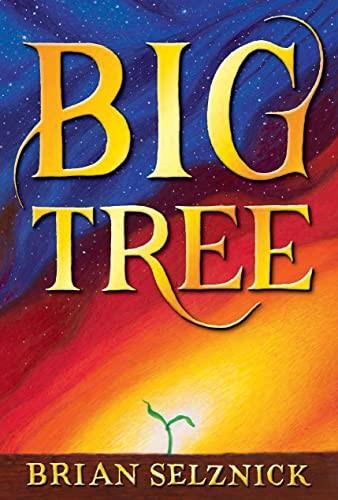Selznick, Brian
5 Articles
Last 30 days
Last 6 months
Last 12 months
Last 24 months
Specific Dates
From:
To:
Run Away with Me
 A mesmerizing ode to poetry, art, and love that stands the test of time, Selznick’s first title for young adults is recommended for all collections.
A mesmerizing ode to poetry, art, and love that stands the test of time, Selznick’s first title for young adults is recommended for all collections.
Kaleidoscope
 This title is unique in its appeal and would be a valuable addition to middle grade, young adult, and adult/general interest collections alike.
This title is unique in its appeal and would be a valuable addition to middle grade, young adult, and adult/general interest collections alike.
The Marvels
 Complex, entertaining, and full of gorgeous art and writing, this is a powerhouse of a book.—Carol A. Edwards, Denver Public Library, CO
Complex, entertaining, and full of gorgeous art and writing, this is a powerhouse of a book.—Carol A. Edwards, Denver Public Library, COSelznick defined his own format with The Invention of Hugo Cabret (rev. 3/07) and Wonderstruck (rev. 9/11), and this book looks the same, on the outside. But Selznick has created something wholly different here, by introducing one entire narrative in images, followed by another in words, one encapsulating the other. Over the first almost-four-hundred pages, his black-and-white drawings tell a story that readers will gather quickly: there is a storm, a shipwreck, and a rescue in a theater; years pass, and a dynasty is born of sons of sons who love the stage and its stories. One child doesn’t fit the (theatrical) mold, and in a fateful night and a firestorm, the story abruptly ends. The next one starts, in text, in 1990. Joseph runs away from his boarding school to find the uncle he hardly knows, in London. Uncle Albert lives in a house that feels strangely from another time, where he seems to serve as caretaker for ghosts: no one else lives there, yet Joseph hears voices; Uncle Albert keeps fires burning in the fireplaces and the rooms’ furniture and belongings undisturbed. Unwelcome even here, Joseph struggles to understand his uncle and uncovers a truth that he didn’t expect, about true family, and true stories. While stilted in some written phrasing and dialogue, this book proves once again that Selznick is
ALREADY A SUBSCRIBER? LOG IN
We are currently offering this content for free. Sign up now to activate your personal profile, where you can save articles for future viewing





